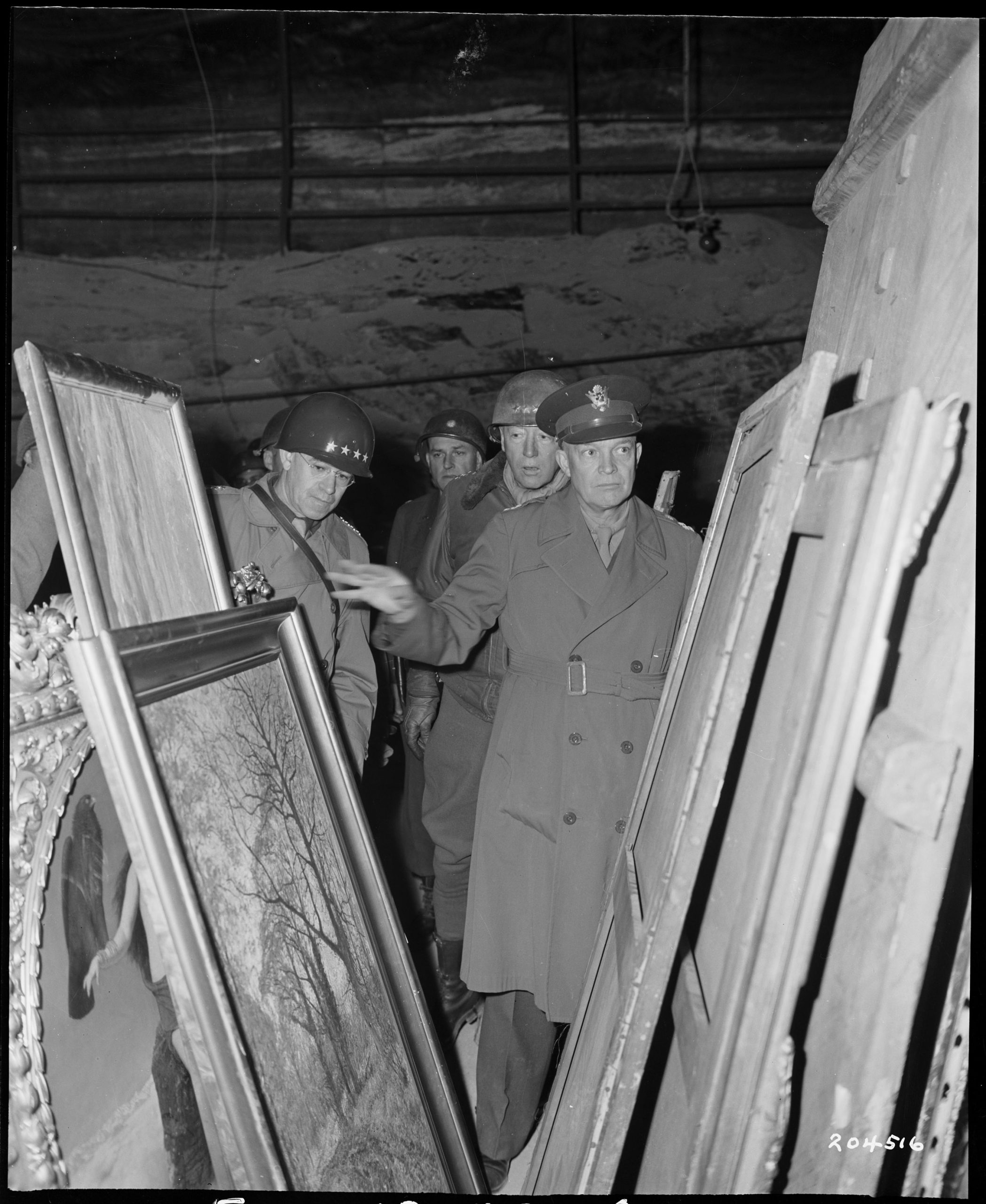World Jewish Restitution Organization calls for Renewed Transparency and Accountability

The World Jewish Restitution Organization (WJRO) released a report revealing that there are major gaps in the provision of publicly accessible provenance research on potentially looted objects that were in Europe during the Holocaust and are currently held by U.S. museums.
The report estimates that U.S. museums likely hold well over 100,000 covered objects – which includes works looted during the Nazi era – yet barely 10% of that number (10,668) currently have publicly accessible provenance research and probably far less if one takes into account all types of art.
“This report highlights the urgent need to prioritize transparency, research, and accountability when it comes to Holocaust-era looted art,” said Gideon Taylor, President, World Jewish Restitution Organization (WJRO). “We urge American museums to do more – to open their records, invest in provenance research, and ensure that Holocaust survivors and their families have the information they need to pursue justice. Although most U.S. museums are privately operated, the federal government has made a clear commitment to these values. Now it is time for cultural institutions to align their actions with this commitment.”
The report analyzed the websites of 160 art museums in the United States that were formerly part of the Nazi Era Provenance Internet Portal (NEPIP, here called the Portal), created in 2003 by the American Association of Museums (AAM) [now the American Alliance of Museums]. The Portal provided a centralized, searchable database of provenance information and, at its peak, listed nearly 30,000 objects. The Portal was originally created in response to the 1998 Washington Conference Principles on Nazi-Confiscated Art to provide a single point of contact to dozens of U.S. museum collections and help people seeking lost objects refine their searches. The Portal was closed in 2024. The stated reason for the closure was, in part, that many museums now maintain their own publicly accessible, searchable, and regularly updated online collections databases. However, the report demonstrates that this is not the case. The vast majority of U.S. museums do not provide accessible, detailed Nazi-era provenance research on their websites, and the overall level of transparency is alarmingly low. Closing the Portal has left families and researchers without a centralized tool to locate potentially looted works — a serious setback for efforts to achieve justice and accountability.
Key findings from the WJRO report include:
- Among the 160 museums analyzed, only 33 museums (21%) currently provide easily accessible, object-level Nazi-era provenance information on their websites.
- The Portal provided information on 29,817 objects with provenance gaps. While an online excel list is still available that provides data for 160 museums that were part of the Portal, the list provides no information on the provenance of the items that might help a former owner or their heirs identify them, such as the previous history of ownership of the item. The 33 museums mentioned above now provide information on only 10,668 objects, which represents 36% of the objects that were previously accessible on the Portal, and nearly half (15, or 45%) provide less information today than they did through the Portal.
- Out of the 33 cultural institutions that provide object-level Nazi-era provenance information, 21 museums, or 64% only provide provenance information for objects from their European collections, even though many items that were looted were not of European origin. Additional object-level provenance information is available for several other museums in addition to the 33 museums that currently provide easily accessible Nazi-era provenance information, but the information is embedded in the general collection database and cannot be accessed as an independent listing.
- Among the 160 museums analyzed, a number of museums posted objects with provenance gaps early during the Portal’s existence but have not since disclosed any additional research. 61 museums, or 38%, posted objects in the first three years—namely, between 2003 and 2005—and have since not updated their information in the past 20 years.
- The Portal limited its provenance research results to eight art categories, even though the provenance research field developed greatly over the past two decades and numerous other databases that were created allowed for a more nuanced description of the object and foremost the recording of additional categories of objects.
The report emphasizes that publicly accessible provenance research is not only good museum practice and important to educate the public but is a critical element in ensuring a fair and transparent claims process so that rightful owners or their heirs can locate and identify looted items.
These findings come just over a year after the launch of the 2024 Best Practices for the Washington Conference Principles on Nazi-Confiscated Art, which were introduced at an event jointly convened by the U.S. Department of State and WJRO and have so far been endorsed by 34 countries.
The Best Practices states that:
- Governments should encourage provenance research and projects to catalogue, digitize and make available on the internet public and private archives, including dealer records. Public and private collections should be encouraged to publish their inventories.
- Provenance research carried out by public or private bodies should be made publicly available on the internet.
- “Just and fair solutions” means just and fair solutions first and foremost for the victims of the Holocaust (Shoah) and other victims of Nazi persecution and for their heirs.
The release of this report comes at a critical moment. Bipartisan legislation has been introduced in Congress to extend and strengthen the Holocaust Expropriated Art Recovery (HEAR) Act, which is set to expire at the end of 2026. The bill would permanently remove the expiration date and update the law to ensure that Holocaust survivors’ claims are heard fairly in court.
Without publicly accessible provenance research, the promise of the HEAR Act cannot be fully realized, and justice will remain out of reach.
To view the full report, click here.
